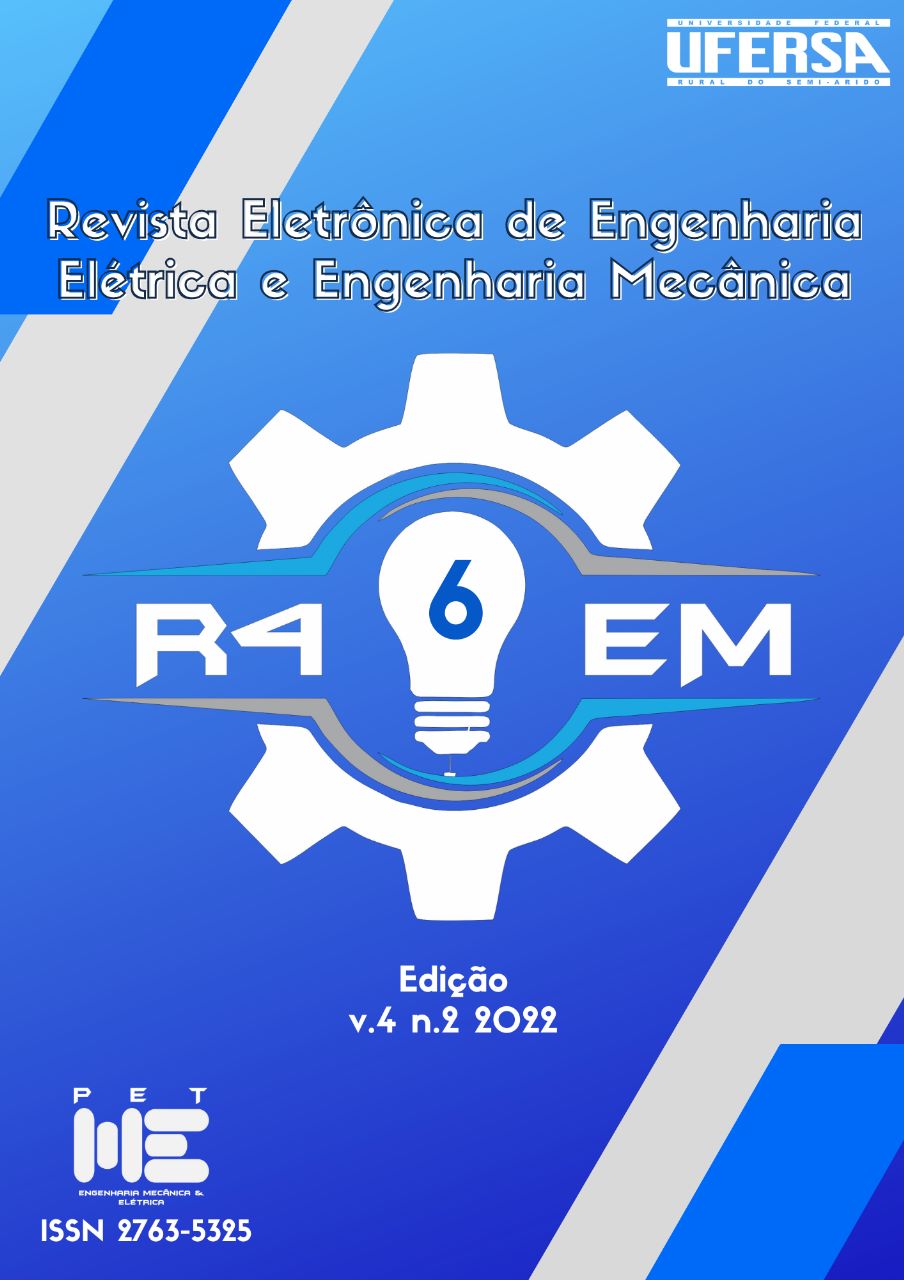Utilização de protótipo pedagógico no ensino da proporcionalidade em circuitos elétricos de corrente contínua
DOI:
https://doi.org/10.21708/issn27635325.v4n2.a11219.2022Abstract
The present work presents a study on the use of a pedagogical prototype in the teaching of proportionality applied to direct current electrical circuits, exploring knowledge, methods and addressing its context. The study carried out was of an investigative nature followed by a pedagogical practice seeking to show and reflect from a practice in the classroom, at Escola Estadual Professor Abel Freire Coelho, in the 3rd year grade "A", with the objective of analyzing the behavior resistive electrical circuits arranged in series, parallel and mixed; Investigate the proportionality relationship existing in electrical circuits with their elements: electric current, voltage and resistance through a pedagogical practice, as it provides greater familiarity with the topic in focus and allows the improvement of ideas and intuitions about the research object. Evaluate how students understood experimentation, both in terms of practice and content learning. The teaching of proportionality starts in the 7th year of elementary school, with one or two months being dedicated to this study and the other concepts related to the teaching of proportionality, presented at once, in a single moment, the following topics: definition of reason , definition of proportion as equality of ratios, properties of proportions, directly proportional quantities, inversely proportional quantities, simple rule of three, compound rule of three and simple interest; an approach that does not make the intuitive exploration of proportionality as a function.
Downloads
Downloads
Published
Issue
Section
License

This work is licensed under a Creative Commons Attribution-NonCommercial 4.0 International License.





